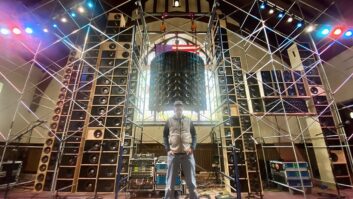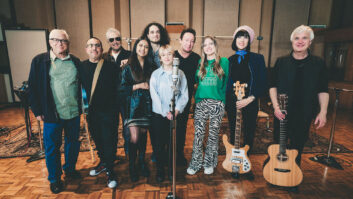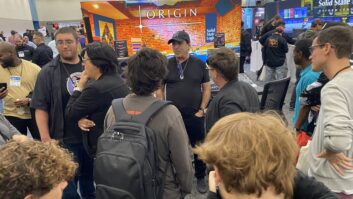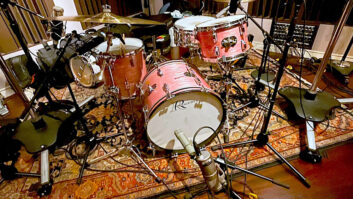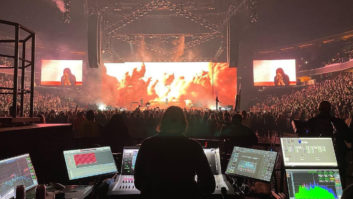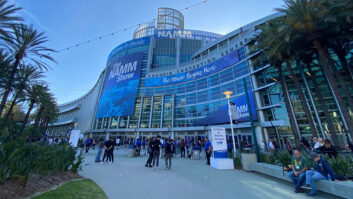Three things struck me immediately after two separate days of walking through the stunning new Dolby Building at 1275 Market Street in San Francisco. The first was the impact of real Science and how it informs algorithm development in the creation of new technologies. It sounds so obvious, I’m aware: R&D precedes product development. But at Dolby, with its open architecture up and down 16 floors and its state-of-the-art system integration, the interaction between neuroscientists measuring multi-sensory perception and end users testing available tools in real-world scenarios brought it all into focus.
Dolby’s approach to measuring sensory perception, and then using that information to create tools for professionals and consumers for delivering a more impactful immersive experience, whether in sound or image, is what lured Dr. Poppy Crum, Ph.D., away from a position on the research faculty, bio-medical engineering, at Johns Hopkins Medical to become Head Scientist at Dolby five years ago. A violinist and recording engineer, with a doctorate in neuroscience and psychology, she had been enamored of Dolby and its approach to studying perception since attending her first AES conference at age 17.
Today she has critical listening and measurement labs to rival anything in academia, and she and her staff of neuroscientists are playing a key role in setting the standards for how all of us receive and perceive content, in whatever form it is delivered. That’s a pretty cool job.
Second, I was reminded of just how hard it is to build a building. Bringing the art and architecture, the floor plans and workflows, and the needs of multiple groups together into one cohesive audio-video-data infrastructure is incredibly complex, even in a simple office building. For a company like Dolby, with standards-critical tolerances in room design and a need for no-compromise performance in systems, the job is infinitely more complex. My hats off to Matt Lavine and his team at Bug ID, along with all the Dolby department heads and liaisons, for bringing it all together over these past three years.
My final impression was that after nearly 30 years of covering professional audio—including writing about film sound at the dawn of AC-3 encoding and 5.1 playback, visiting their famed Presentation Theater on Potrero multiple times for demos, going to their studios when they entered gaming, and so on—I really had no idea what Dolby was all about.
Of course I knew about Ray Dolby’s development of Type A noise reduction back in 1965, and his brilliant business decision to license it. I witnessed the rise of encoding and learned why lossless compression matters. I knew they had developed a high-end video reference monitor, but wasn’t entirely sure why, or how it fit in. Same for laser projection. And of course I have been following the entrance of Atmos into cinemas and now homes, under the moniker of Immersive Sound.
So it all came together for me when I saw a Vizio Dolby Vision display on the tour, side by side in a dark room with a straight 4k monitor. The difference was shocking. Luminance, clarity and rich, rich blacks. Depth in the image. A much closer representation of reality. And they do the same thing in sound. Audio and Video and the coming of Augmented Reality. Dolby is about multi-sensory perception. It’s not just Immersive Sound. Dolby is a company built around Total Sensory Immersion.
Dolby is not a disruptive technology, to borrow overused parlance from Silicon Valley, nor is it transformative. It’s more of a foundational or bedrock technology at this point, a wrapper that accompanies a majority of the audio and video stimulus we experience. Dolby has taken its hits and criticisms over the years, as is common for companies that dominate market share. But to survive and thrive over 50 years in the heart of new technology development, adapting as formats change and new markets emerge, is no easy feat. It’s also not easy becoming a household name, especially when few households have any idea what you do.
There are many other companies doing worthy research into sensory perception and bringing products to market, from binaural recording/playback to spatialization and visualization studies for goggles and headsets. But nobody in the media and entertainment world brings it together like Dolby. Nobody.
Tom Kenny, Editor, Mix magazine
